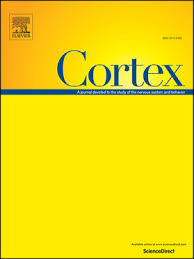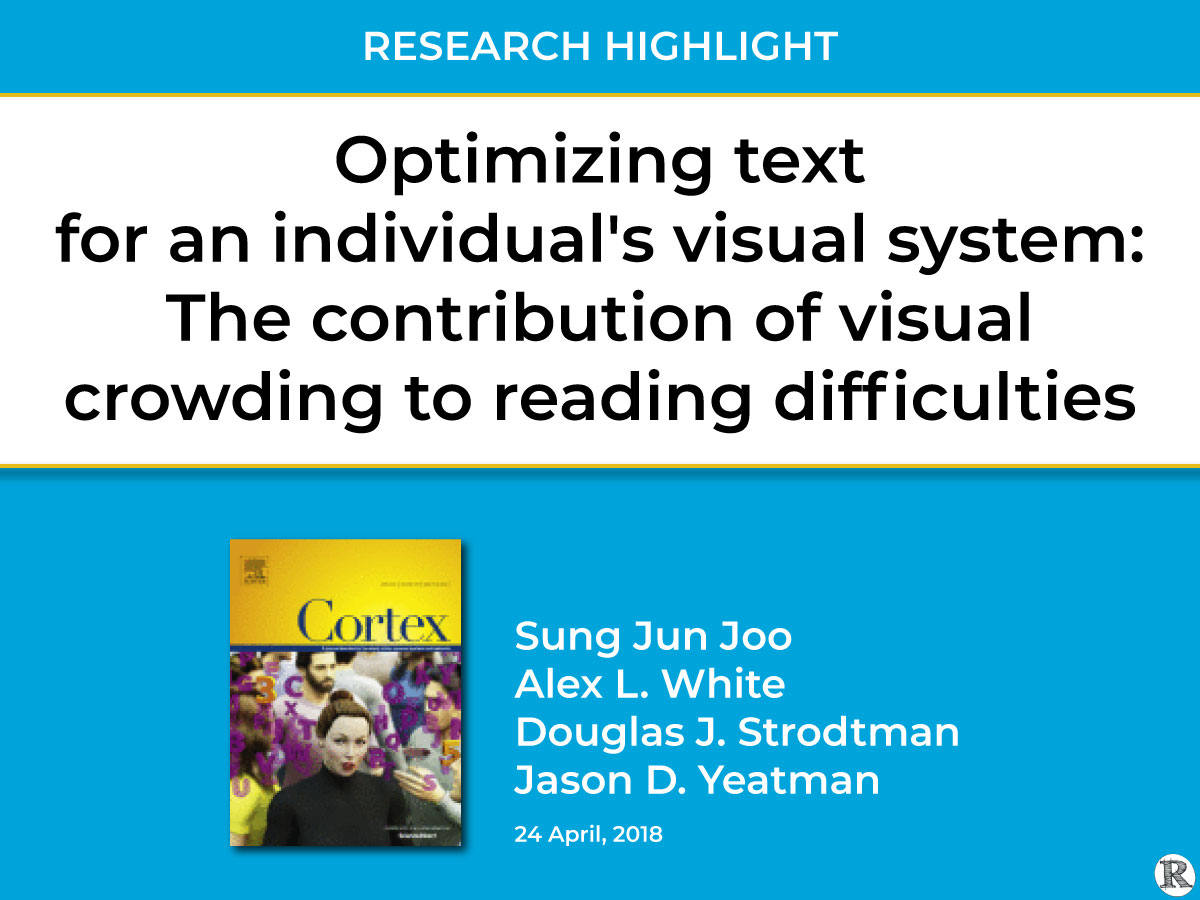Increasing Text Spacing Reduces Visual Crowding and Supports Readers
Visual crowding refers to the disruption in object recognition that occurs in clutter. In the case of reading, it is the phenomenon where the recognition of a target letter is impaired by the presence of adjacent letters. This effect can make identifying letters in a word harder than identifying them in isolation. Factors, including letter spacing and text size, influence the degree to which crowding occurs.
In 2018, a University of Washington team, comprising Joo, White, Strodtman, and Yeatman, published research investigating the contributing factors to reading difficulties within individuals, specifically exploring individual sensitivity to visual crowding. The team measured individual sensitivity to crowding and tested whether increasing letter, word, and line spacing could reduce interference. Readers with elevated crowding read faster with more spacing, reinforcing the importance of personalized text presentation to improve reading performance.
“These findings point to a subtype of dyslexia potentially caused (or exacerbated) by elevated crowding and suggest that personalizing the reading environment by adjusting the properties of the visual input (e.g., increased text-spacing) at the front end of the reading process can improve reading performance.”
Implications for Better Readability
The research highlights the critical role visual processing plays in reading challenges. Increased visual crowding can create reading difficulties for some individuals, but adjusting text spacing offers a simple and effective intervention.
For educators, designers, and technology developers, the findings highlight the importance of personalizing text presentation. Allowing readers to modify letter, word, and line spacing can improve reading performance and optimize visual comfort. Incorporating these options in digital reading tools supports a more inclusive reading experience that adapts to each individual’s visual system.
Optimizing Text for an Individual’s Visual System:
The Contribution of Visual Crowding to Reading Difficulties
Joo, S. J., White, A. L., Strodtman, D. J., & Yeatman, J. D.
Abstract
Reading is a complex process that involves low-level visual processing, phonological processing, and higher-level semantic processing. Given that skilled reading requires integrating information among these different systems, it is likely that reading difficulty, known as dyslexia, can emerge from impairments at any stage of the reading circuitry. To understand contributing factors to reading difficulties within individuals, it is necessary to diagnose the function of each component of the reading circuitry. Here, we investigated whether adults with dyslexia who have impairments in visual processing respond to a visual manipulation specifically targeting their impairment. We collected psychophysical measures of visual crowding and tested how each individual’s reading performance was affected by increased text-spacing, a manipulation designed to alleviate severe crowding. Critically, we identified a subgroup of individuals with dyslexia showing elevated crowding and found that these individuals read faster when text was rendered with increased letter, word, and line spacing. Our findings point to a subtype of dyslexia involving elevated crowding and demonstrate that individuals benefit from interventions personalized to their specific impairments.
Access the Article: https://www.sciencedirect.com/science/article/abs/pii/S0010945218300947
 About Cortex, a peer-reviewed neuroscience journal: CORTEX is an international journal devoted to the study of cognition and of the relationship between the nervous system and mental processes, particularly as these are reflected in the behaviour of patients with acquired brain lesions, normal volunteers, children with typical and atypical development, and in the activation of brain regions and systems as recorded by functional neuroimaging techniques.
About Cortex, a peer-reviewed neuroscience journal: CORTEX is an international journal devoted to the study of cognition and of the relationship between the nervous system and mental processes, particularly as these are reflected in the behaviour of patients with acquired brain lesions, normal volunteers, children with typical and atypical development, and in the activation of brain regions and systems as recorded by functional neuroimaging techniques.




